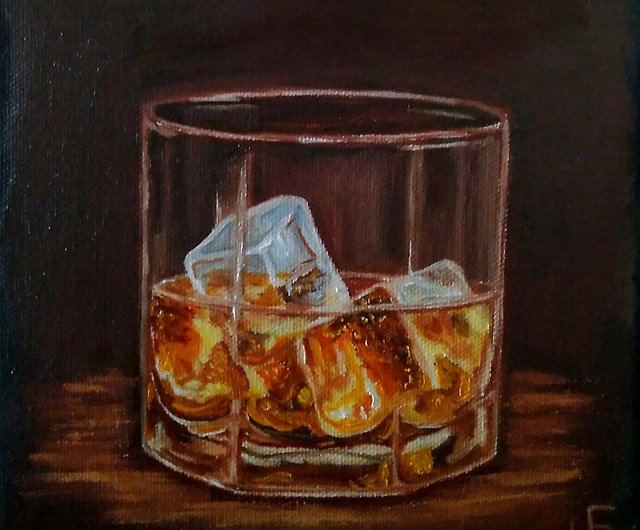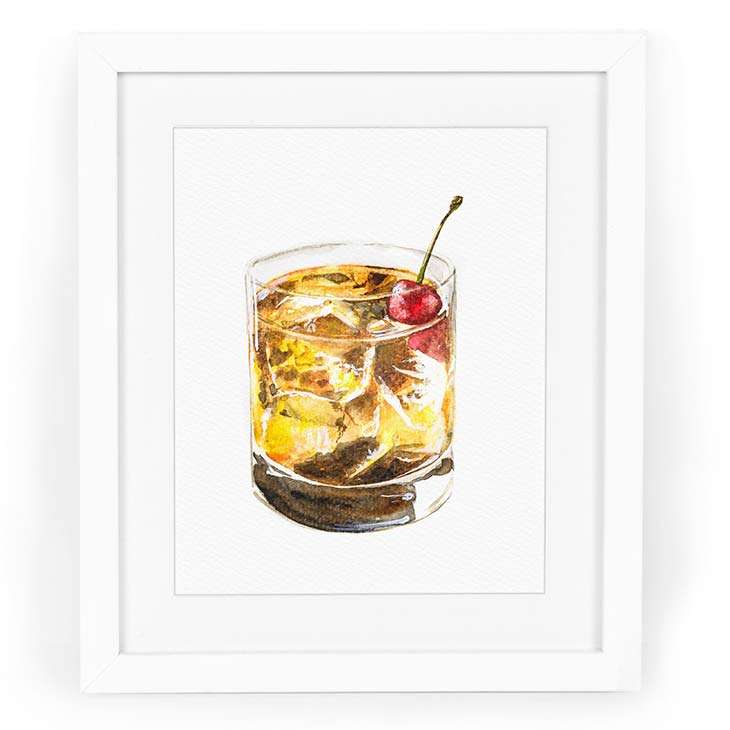Recording the Significance of Scotch Art Through Distinct Visual Representations and Styles
The art of whiskey extends past the fluid itself, manifesting with a range of visual representations that envelop its fabled heritage and workmanship. What remains to be discovered is just how these developing designs mirror not only the whiskey itself but likewise the changing landscape of creative analysis. Realism Art.
The History of Whiskey Art

As bourbon manufacturing spread, so as well did the wish to boost its experience with art. From the complex engravings on early casks to the fancy tags of contemporary bottles, each component mirrors an one-of-a-kind creative vision, working as a visual story of the scotch's heritage.
In the 18th and 19th centuries, the rise of the industrial revolution better enhanced bourbon art, resulting in ingenious packaging and marketing that captured consumer interest. Developers and artists began trying out visual appeals, imbuing whiskey-related imagery with symbolic definitions that shared concepts of practice, neighborhood, and craftsmanship.
Today, whiskey art remains to develop, blending standard approaches with contemporary art types. Whiskey Art. This continuous discussion between the spirit and its visual depiction underscores the enduring bond between whiskey and culture, improving the general experience for lovers worldwide
Iconic Container Layouts
While numerous variables contribute to the attraction of bourbon, renowned container styles play an essential role in shaping consumer perception and improving the general experience. The visual presentation of whiskey containers is not just an aesthetic factor to consider; it acts as a bridge between the consumer and the product, stimulating emotions and establishing assumptions.
Unique shapes, products, and closures can elevate a whiskey brand name's identification, making it instantly well-known on jampacked racks. The timeless Glenfiddich container, with its stylish tapered shape, communicates a feeling of custom and workmanship, while the vibrant, contemporary design of the Balvenie bottle shows innovation and sophistication. Additionally, using tinted glass or one-of-a-kind appearances can recommend the top quality and character of the bourbon within.
Famous styles frequently integrate elements of cultural heritage, representing the brand's background and link to its origins. Brand Names like Jack Daniel's utilize an uncomplicated, robust layout that reverberates with its American bourbon heritage. Eventually, the impact of bottle layout expands past mere functionality; it encapsulates the essence of the brand name, inviting consumers to indulge and explore in the abundant tapestry of bourbon society.
Label Art Work and Branding
Bottle styles usually set the stage of what consumers can anticipate, however tag art work and branding play an equally significant role in connecting a bourbon's identification. The label functions as the very first factor of contact between the consumer and the item, enveloping the significance of the whiskey within its visual aspects.
Efficient label artwork incorporates imagery, shade, and typography to produce a story that resonates with the brand's heritage and target market. For example, a tag featuring classic fonts and elaborate images might stimulate a feeling of practice and craftsmanship, appealing to connoisseurs. In contrast, vibrant colors and modern-day style aspects might draw in a younger market seeking development and excitement.


Digital Photography and Visual Storytelling
Capturing the essence of bourbon through photography and visual storytelling is an art form that elevates the brand name experience. This tool transcends plain product representation, diving right into the complex narratives that border each container. By employing compelling imagery, professional photographers can stimulate feelings that resonate with consumers, eventually forging a deeper connection to the whiskey brand.
Visual narration in bourbon photography usually utilizes rich structures, lights, and composition to highlight the distinct features of the spirit. The interaction of light and shadow can accentuate the amber tones of scotch, while the option of history elements-- such as rustic barrels or stylish glasses-- can strengthen the brand's heritage or way of living organizations.
In addition, recording the ceremonial elements of scotch consumption, from the pouring to the sampling, invites customers into a sensory experience, allowing them to picture the tastes and scents that await. Each picture not just showcases the item yet likewise narrates of workmanship, practice, and the moments that scotch can enhance - Bourbon Art. Thus, photography ends up being an effective device in expressing the identification of bourbon brands, placing them within the broader social landscape
Arising Trends in Bourbon Art
The development of scotch art is progressively shaped by contemporary patterns that show broader societal shifts and customer preferences. One noticeable trend is the assimilation of sustainability into art techniques. Musicians are now utilizing recycled materials and environmentally friendly processes to create whiskey-themed items, reverberating with ecologically mindful consumers. This change not just highlights the relevance of sustainability but likewise enhances the story surrounding scotch production.
Furthermore, digital art has actually risen in appeal, allowing for ingenious depictions of whiskey. Artists are view website leveraging technology to craft immersive experiences, such as augmented reality installations that involve audiences and supply a deeper understanding of whiskey's cultural importance. This pattern likewise includes social networks platforms, where visually striking content garners interest and fosters area amongst lovers.
Furthermore, collaborations in between whiskey brand names and artists are coming to be extra commonplace. These collaborations produce limited-edition product packaging layouts and special artworks that commemorate both the craftsmanship of whiskey and the creativity of musicians. As bourbon art proceeds to like this develop, these emerging trends will definitely form its future, fostering a vibrant junction of culture, sustainability, and modern technology within the bourbon neighborhood.
Final Thought
In verdict, the art of whiskey includes a varied array of graphes that reflect its rich heritage and craftsmanship. From famous bottle designs and intricate tag artwork to compelling digital photography, each element adds to a more comprehensive story that enhances the customer's experience. As arising trends, such as digital art and sustainability, remain to form this creative landscape, the multifaceted identification of scotch continues to be a Whiskey Art withstanding source of social connection and expedition.

In final thought, the art of bourbon includes a varied range of visual depictions that show its rich heritage and workmanship.